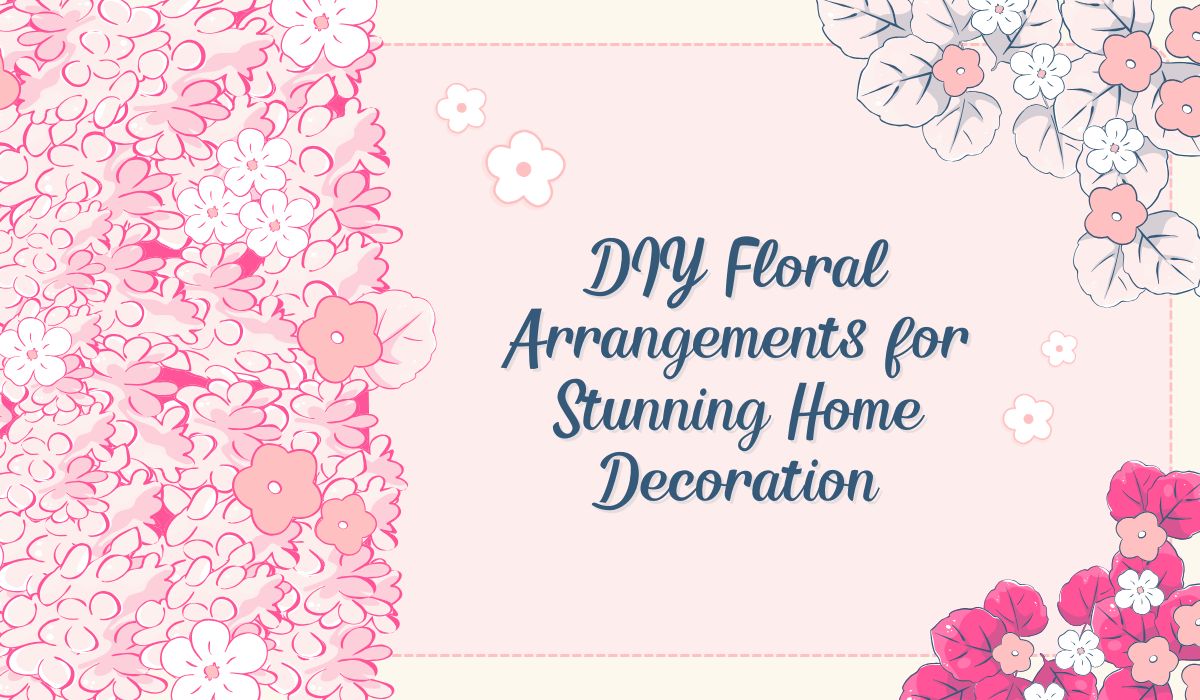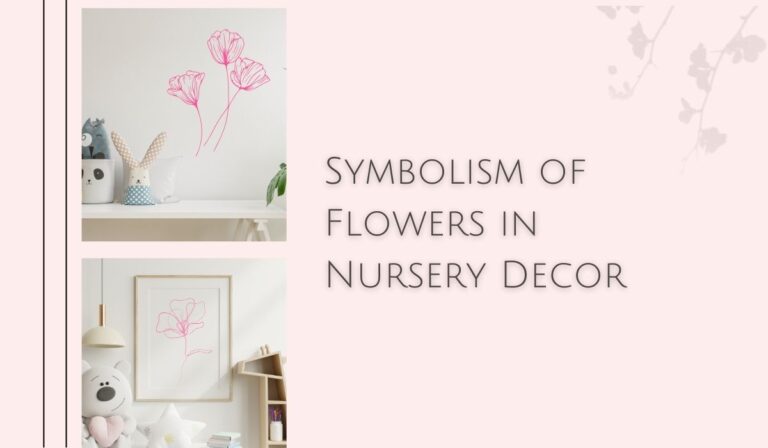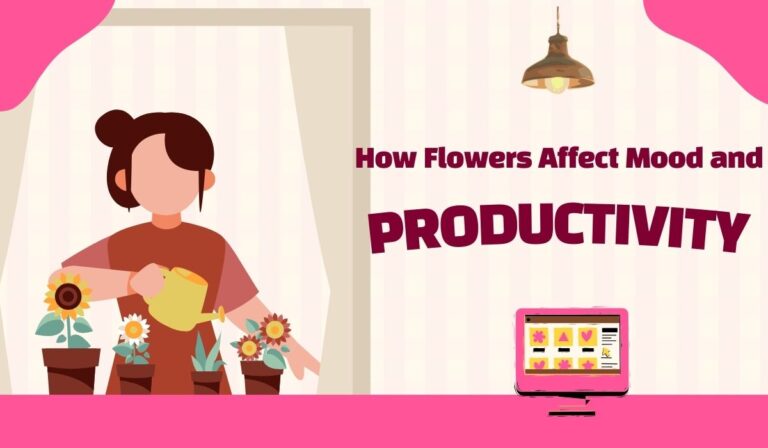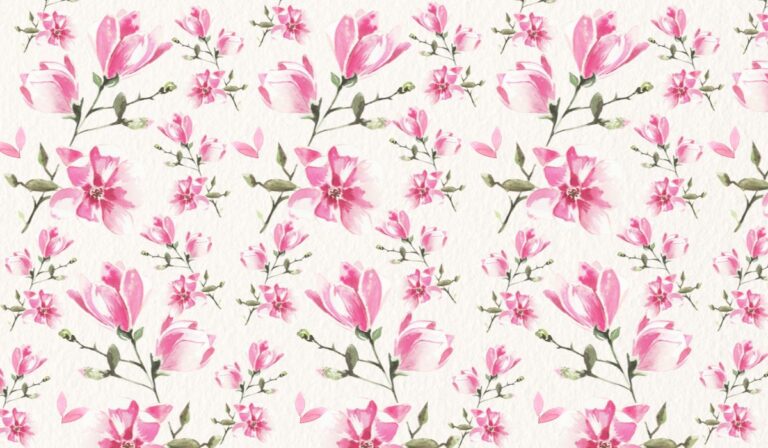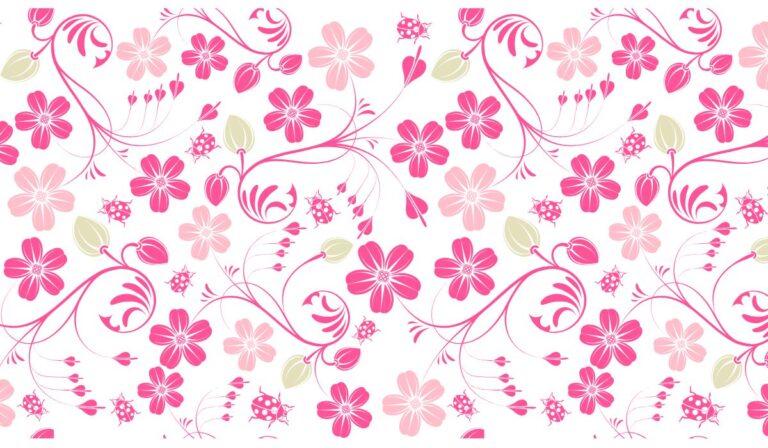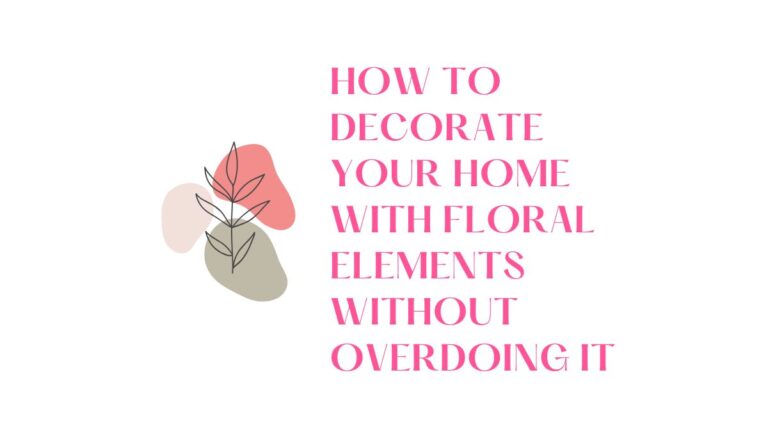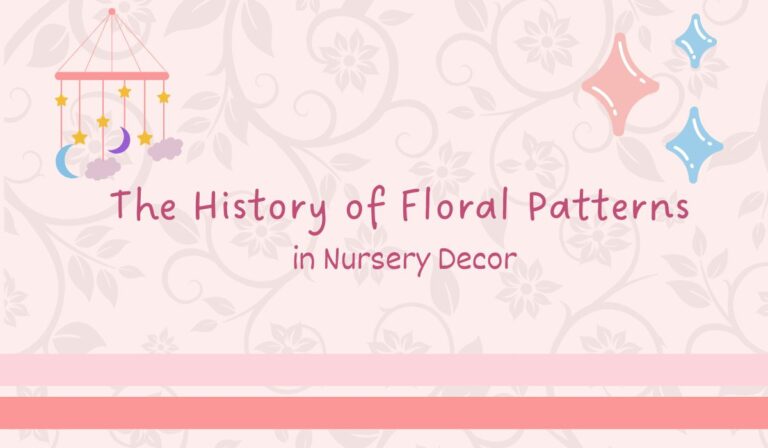DIY Floral Arrangements for Stunning Home Decoration
Floral arrangements can bring life and vibrancy to any space, adding a touch of nature’s beauty to your home. Whether you’re preparing for a special event, refreshing a room, or simply looking to add a personal touch to your decor, DIY floral arrangements offer endless possibilities. Not only do they allow you to customize your floral designs to match your style and preferences, but they also provide a creative outlet that can be both fun and rewarding. In this post, we’ll guide you through the process of creating stunning floral arrangements that will enhance your home decor, with tips and tricks to help you master the art of DIY floral design.
Choosing the Right Flowers for Your DIY Arrangement
The first step in creating a beautiful DIY floral arrangement is selecting the right flowers. Your choice will largely depend on the occasion, the mood you want to create, and the space where you plan to display your arrangement.
1. Consider the Season
Choosing seasonal flowers ensures that your arrangement feels in tune with the time of year and often guarantees better quality and more affordable blooms. For example:
- Spring: Tulips, daffodils, hyacinths, and peonies add fresh, vibrant colors.
- Summer: Sunflowers, zinnias, dahlias, and roses create a bold, sunny atmosphere.
- Fall: Chrysanthemums, marigolds, and asters provide warm, earthy tones perfect for autumn.
- Winter: Poinsettias, amaryllis, and evergreen branches can create a festive, cozy look.
2. Pick a Color Palette
Choose a color palette that complements your home’s decor and the mood you want to evoke. Soft pastels can add a calm, serene touch to bedrooms or living areas, while bold reds, oranges, and yellows bring energy and vibrancy to dining rooms or entryways. Neutral tones, like white, cream, and green, offer timeless elegance and can work in almost any setting.
3. Mix Flowers and Foliage
Incorporating both flowers and greenery into your arrangements will add depth and dimension. Choose a variety of textures and shapes, such as broad-leaved ferns, delicate eucalyptus, or ivy, to balance out the blooms. Mixing different flower types, such as roses, lilies, and carnations, will create contrast and interest.
Tools You’ll Need for Your Floral Arrangement
Creating your own floral arrangements requires just a few basic tools. Here’s a list of essential items to have on hand:
- Vase or Container: Choose a vase or container that fits the size and shape of your flowers. It can be simple and understated, or bold and statement-making, depending on the look you want to achieve.
- Floral Foam (Optional): Floral foam can help stabilize the flowers and ensure they stay in place. It’s especially useful for more intricate arrangements.
- Floral Wire and Tape: These can help secure flowers in place and shape your arrangement.
- Sharp Scissors or Pruning Shears: You’ll need a good pair of scissors to trim the stems to the right length and ensure clean cuts.
- Water: Fresh flowers need water, so be sure to fill your container with enough to keep the blooms hydrated.
Step-by-Step Guide to Creating a DIY Floral Arrangement
Now that you’ve chosen your flowers and gathered your tools, it’s time to get started on your DIY arrangement. Follow these simple steps for a stunning result:
1. Prepare Your Flowers
Start by removing any leaves or thorns from the stems that will be below the waterline to prevent them from rotting. Trim the stems at an angle, ideally about 1-2 inches from the bottom. This increases the surface area for water absorption and helps your flowers last longer.
2. Select a Focal Point
Every good floral arrangement has a focal point, typically a large or unique bloom that draws the eye. For example, a large peony or sunflower can serve as the central flower. Place this flower at the center or slightly off-center in your vase, depending on the design you prefer.
3. Add Supporting Flowers
After positioning your focal flower, add secondary flowers around it. These flowers should complement the focal point without overpowering it. For example, if you’re using a large sunflower as your focal point, add smaller daisies or roses around it. Use a spiral technique—placing flowers in a circular pattern as you work your way around the center—to create a natural flow.
4. Incorporate Greenery
Once the main flowers are arranged, fill in gaps with greenery. This helps to frame the arrangement and adds texture. Use greenery to soften the lines between the flowers and give your arrangement a more cohesive, balanced look. If you’re working with a larger vase, try adding cascading vines or trailing plants for added drama.
5. Fine-Tune Your Arrangement
Step back and take a look at your arrangement from different angles to ensure balance and symmetry. You may need to adjust the height or placement of certain flowers to create a more pleasing overall design. Trim any extra stems if necessary and remove any flowers that appear too crowded or out of place.
6. Add Water
Finally, fill your vase with fresh water and place your arrangement in a cool, dry spot away from direct sunlight or drafts. Be sure to check the water level regularly and refresh it as needed to keep your flowers healthy.
Creative Floral Arrangement Ideas
If you’re looking to experiment with different styles, here are a few creative ideas for your DIY floral arrangements:
- Rustic Wildflower Arrangement: Combine wildflowers like lavender, daisies, and buttercups with greenery such as eucalyptus for a natural, bohemian feel. Place the arrangement in a mason jar or wooden box for a rustic touch.
- Modern Minimalist Design: For a sleek, minimalist look, choose a single type of flower in a monochromatic color palette, such as white orchids or red roses. Keep the arrangement simple with clean lines and a narrow vase.
- Floating Floral Arrangement: For a more contemporary style, create a floating arrangement by trimming the stems of your flowers short and placing them in a shallow dish filled with water. This works well with flowers like floating roses or delicate lily pads.
- Seasonal Arrangement: Embrace the seasons by incorporating flowers and foliage that reflect the time of year. For example, use poinsettias and holly for winter, sunflowers and zinnias for summer, and chrysanthemums and pumpkins for fall.
Conclusion
DIY floral arrangements offer an enjoyable and creative way to enhance your home’s decor. By choosing the right flowers, experimenting with colors and textures, and using simple tools, you can create stunning arrangements that bring the beauty of nature indoors. Whether you’re preparing for a special occasion, or simply want to refresh a room with fresh blooms, floral arrangements are a versatile and affordable way to elevate your living space. With a little practice and creativity, you’ll soon be able to craft beautiful floral designs that bring joy and elegance to your home.
4o mini

